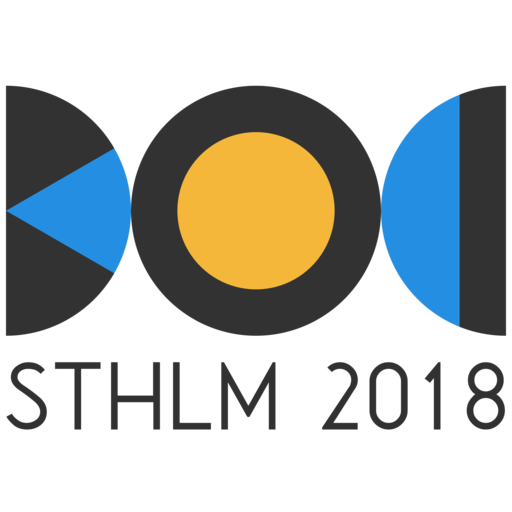Problem B
Martian DNA
Languages
de
en
et
is
ja
lt
lv
no
pl
ru
sv
As you are probably aware, human DNA can be represented as a long string over an alphabet of size four (A, C, G, T), where each symbol represents a distinct nucleobase (respectively; adenine, cytosine, guanine, and thymine).
For martians, however, things are a bit different; research conducted on the latest martian captured by NASA revealed that martian DNA consists of a whopping $K$ distinct nucleobases! Martian DNA may thus be represented as a string over an alphabet of size $K$.
Now, a certain research group interested in exploiting martian DNA in artificial intelligence applications has requested to get a single consecutive piece of a martian DNA string. For $R$ of the nucleobases, they have specified a minimum quantity of how many they need of that particular nucleobase to be present in their sample.
You are interested in finding the shortest substring of the DNA which satisfies their requirements.
Input
The first line contains three integers $N$, $K$, and $R$, denoting the total length of the martian DNA, the alphabet size, and the number of nucleobases for which the researchers have a minimum quantity requirement, respectively. They obey $1 \le R \le K \le N$.
The second line contains $N$ space-separated integers: the complete martian DNA string. The $i$-th of these integers, $D_ i$, indicates what nucleobase is in the $i$-th position of the DNA string. Nucleobases are $0$-indexed, i.e. $0 \leq D_ i < K$. Each nucleobase will occur at least once in the DNA string.
Each of the following $R$ lines contains two integers $B$ and $Q$ representing a nucleobase and its mimimum required quantity, respectively ($0 \le B < K, 1 \le Q \le N$). No nucleobase will be listed more than once in these $R$ lines.
Output
Output a single integer, the length of the shortest consecutive substring of the DNA that satisfies the researchers’ requirements. If no such substring exists, output “impossible”.
Constraints
Your solution will be tested on a set of test groups, each worth a number of points. Each test group contains a set of test cases. To get the points for a test group you need to solve all test cases in the test group. Your final score will be the maximum score of a single submission.
|
Group |
Points |
Limits |
|
1 |
16 |
$1 \le N \le 100, R \le 10$ |
|
2 |
24 |
$1 \le N \le 4\, 000, R \le 10$ |
|
3 |
28 |
$1 \le N \le 200\, 000, R \le 10$ |
|
4 |
32 |
$1 \le N \le 200\, 000$ |
Explanation of Samples
In the first sample, there are three substrings of length $2$ that contain one each of nucleobases 0 and 1 (namely “0 1”, “1 0” and “0 1”), but no substrings of length $1$. Thus the shortest length is $2$.
In the second sample, the (unique) optimal substring is “1 3 2 0 1 2 0”.
In the third sample, there aren’t enough nucleobases of type 0.
| Sample Input 1 | Sample Output 1 |
|---|---|
5 2 2 0 1 1 0 1 0 1 1 1 |
2 |
| Sample Input 2 | Sample Output 2 |
|---|---|
13 4 3 1 1 3 2 0 1 2 0 0 0 0 3 1 0 2 2 1 1 2 |
7 |
| Sample Input 3 | Sample Output 3 |
|---|---|
5 3 1 1 2 0 1 2 0 2 |
impossible |

